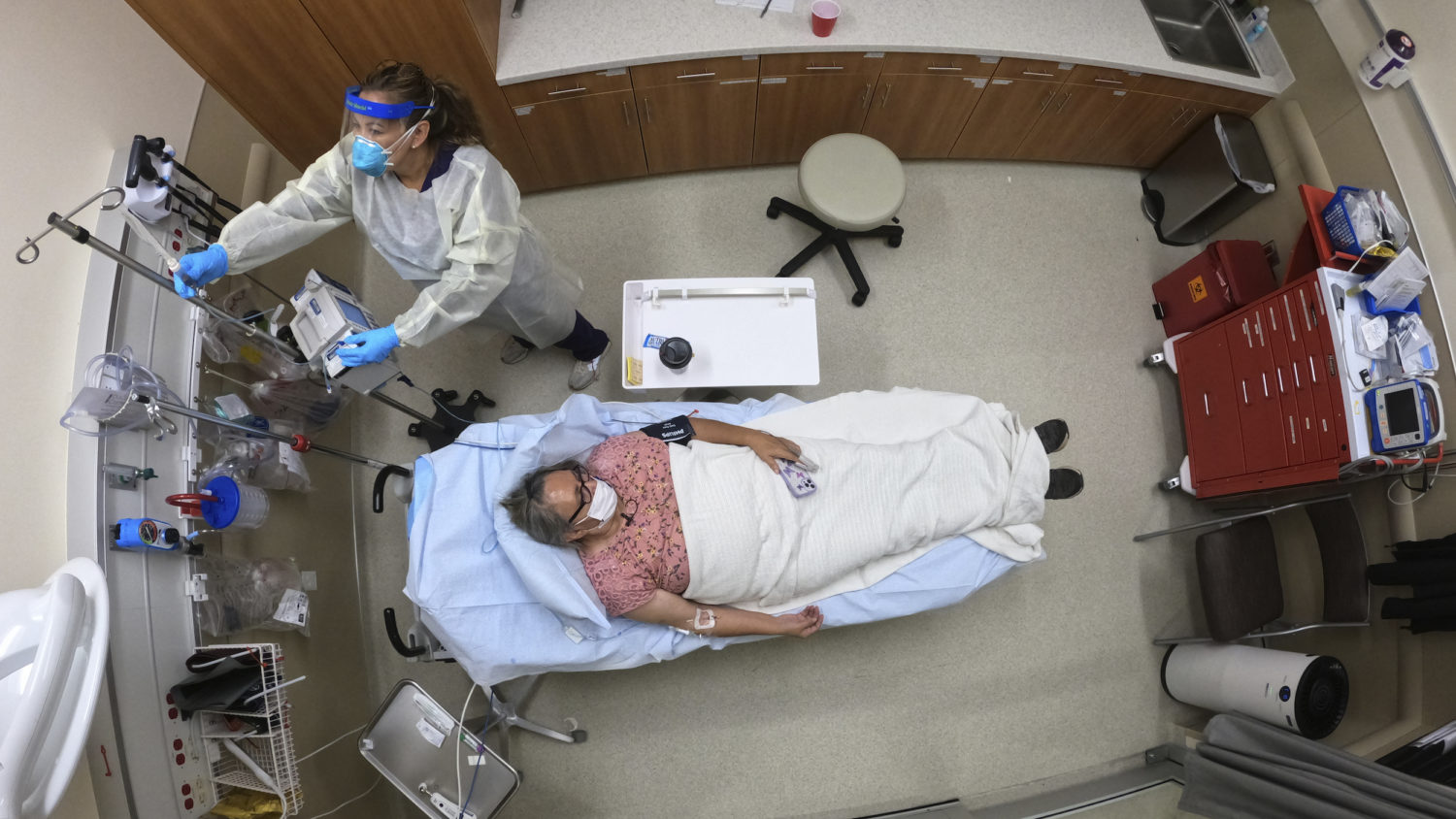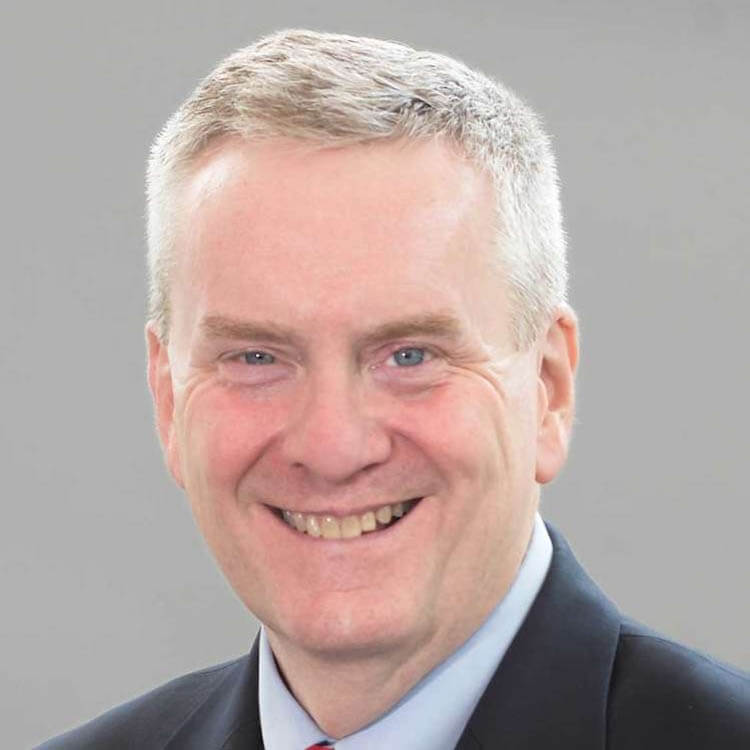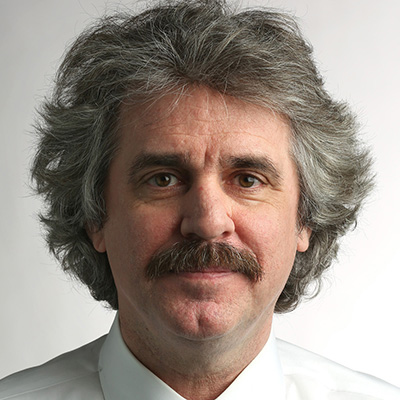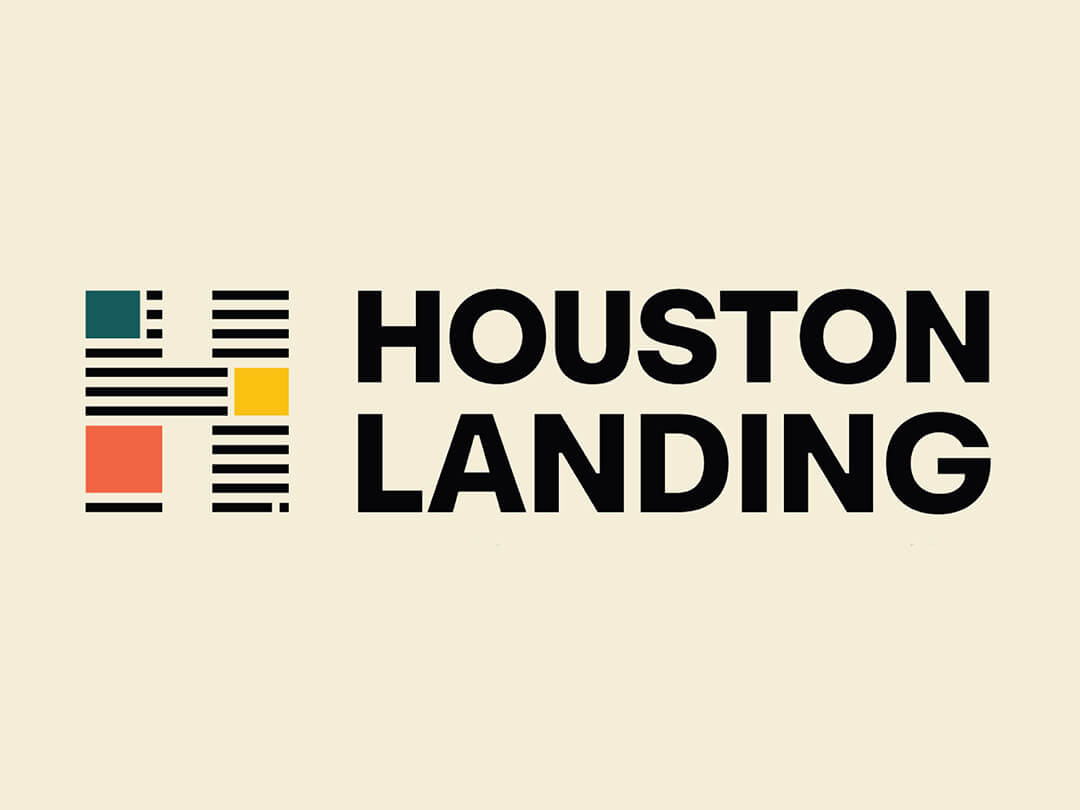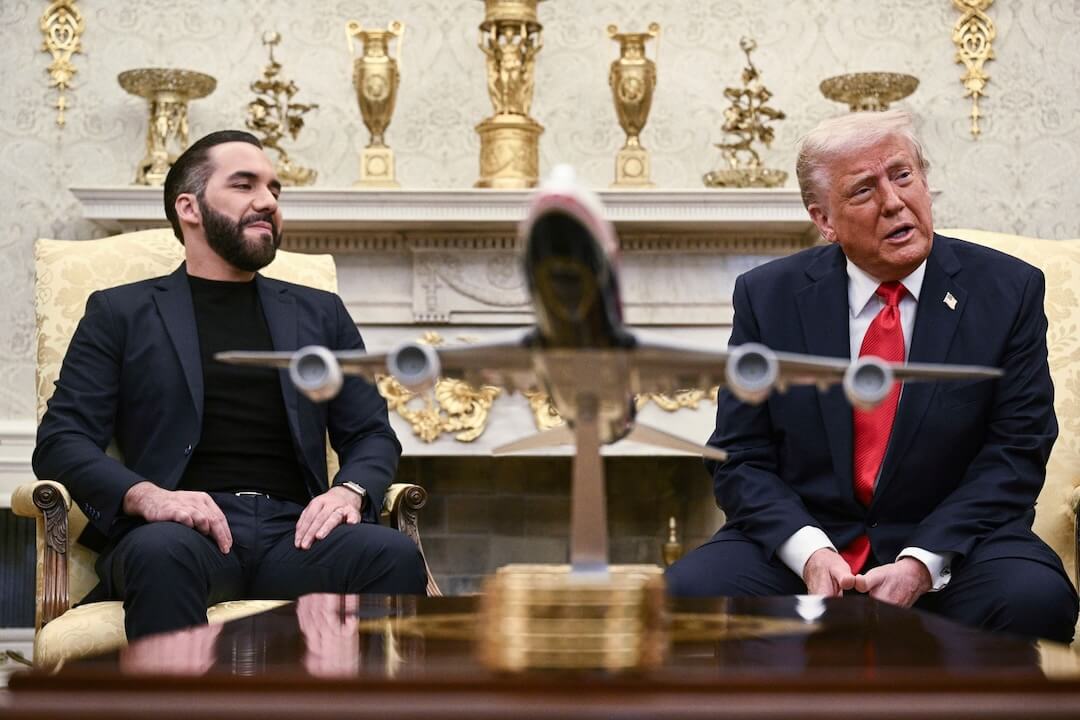This report is an abridged version of a report by Northwestern University’s Medill Local News Initiative and Konrad-Adenauer-Stiftung, a German foundation, based on their project to examine the local news crisis. This version focuses on the U.S. picture. The full report, which also provides a global perspective, is available here.
Huge issues face the United States and the rest of the world — issues that require rigorous local journalism to help people understand the problems and identify solutions. Yet widespread financial disruption has handicapped the news industry just as the need grows. And the news itself — including the pandemic and climate change — has made the challenge even greater for local journalists.
In a series of video interviews and a public webinar in November and December 2021, 17 influential journalists and researchers discussed the local news crisis, its impact on major issues and a few reasons for … yes, optimism.
The project, “Local Journalism: Shrinking Resources, Growing Challenges,” was co-sponsored by Northwestern University’s Medill Local News Initiative and Konrad-Adenauer-Stiftung, a German foundation. Questioning was conducted by Tim Franklin, Medill senior associate dean and John M. Mutz Chair in Local News; Penny Abernathy, an expert on news deserts who is a visiting professor at the Medill School of Journalism, Media, Integrated Marketing Communications; and Sabine Murphy, program manager for KAS USA.
Among the key points raised by experts:
- The loss of local news may have cost lives during the pandemic because it paved the way for misinformation to take hold and hindered journalism on breakdowns in the official response.
- Because programmatic online advertisers avoided pandemic stories, there was a financial disincentive for outlets to cover COVID-19 more extensively.
- National political divisions are filtering down to the local level, threatening the high public trust that many local news outlets have enjoyed.
- Local newsrooms are making more connections between global climate change and climate-related problems in their own areas.
The pandemic: ‘So much less equipped now’
The COVID-19 pandemic is a huge story that has shown the demand for local news, but also has exposed the diminished resources of the journalists tasked with covering it.
“If there was ever a time that local news was important, it was during the pandemic, and it was during that time that also became particularly difficult to stay afloat, if you were a local newspaper,” said Jennifer Lawless, a University of Virginia professor and co-author with Danny Hayes of the new book “News Hole: The Demise of Local Journalism and Political Engagement.”
“Local news organizations are just so much less equipped now, both literally and figuratively in terms of personnel, to cover even something as consequential as the coronavirus pandemic has been,” said Viola Gienger, Washington senior editor for Just Security, based at New York University School of Law, where she is a research scholar.
Gienger, who sees the pandemic as a “national security issue,” said many news organizations have risen to the occasion, adopting an all-hands-on-deck approach at the start. But as Gienger put it, “Today you have very few hands on that ship to come up to the deck.”
Meredith Cohn, health reporter at The Baltimore Sun, said, “We’ve done a pretty good job even though our staff is incredibly diminished. We actually had a health reporter in place. … I’m not sure every other community had that benefit.”
Staff shortages required creativity. Cohn recalled that the Sun’s “nuts-and-bolts numbers” story on the pandemic was initially written by sports reporters “because there were no games, so we deployed them, since I guess they’re good with numbers.”
Boston Globe health care reporter Felice Freyer said her news outlet was better equipped to respond than some.
“Luckily, we’re in a pretty good position,” Freyer said. “We’re not owned by venture capital or anything like that. We’re owned privately by a family that continues to support us. We threw everything at it, and so almost every reporter was covering something about COVID, and during that time, our online circulation doubled. And most of those people have actually stayed with the paper, so we’re up to 225,000 (digital subscribers). That’s just online. Print is different. The number of hits we would get on each COVID story really shows how hungry people were for this information and how important it was to be able to answer their questions.”
Getting statistics from government agencies has been a challenge.
Cohn said the state of Maryland was “fairly forthcoming,” but in order to get racial and ethnic breakdowns, “we just hammered away.” The weakened state of local news means “I think they know we’re not going to sue them. We don’t have the funds always to go after them.”
Freyer, dealing with the state of Massachusetts, said the Globe also had to battle to get racial and ethnic breakdowns. “Similarly, there was information about nursing homes that was being withheld or not being produced. It’s hard to know when they just didn’t have the capacity to produce it and when they didn’t want people to know about it.”
An interesting aspect of pandemic coverage is how national news outlets and non-journalism institutions have created their own local news. For example, COVID-19 statistics from the New York Times and Johns Hopkins University have provided many people with specific information on the areas where they live.
In financial terms, the early days of the pandemic boosted local news organizations by driving a surge in digital subscriptions, but the lockdowns also caused a huge drop in online advertising.
Philip Napoli, the James R. Shepley Professor of Public Policy and director of the DeWitt Wallace Center for Media and Democracy at Duke University, noted how digital advertising practices worked against pandemic coverage: “Programmatic media buying systems were being used in such a way as to avoid placing ads on pandemic-related news stories. … It created a powerful disincentive to do the very kind of reporting we needed the most.”
Freyer, who is president of the board of directors of the Association of Health Care Journalists, said membership in her group has held steady at about 1,400 since about 2013. But 27% of members were freelancers in 2018. Three years later, that number is up to 31%.
“We haven’t done a survey, but I would be willing to bet that those are people who lost their jobs at newspapers or in other outlets,” Freyer said. “They lost their full-time jobs. They still want to cover health care and they’re going into freelancing.”
The impact of misinformation on public health cannot be denied. Gienger cited a Pew Research Center finding that people who relied on news outlets for their information on COVID-19 were far more likely to get vaccinated than those who relied on former President Donald Trump or on “personal and community connections.”
It’s indeed possible that the loss of local news coverage cost lives.
“When you don’t have a local news outlet,” Freyer said, “you really start to lose your sense of community and the sense that there is a trusted source that you can turn to, and that you understand what the government is doing, and that you understand that the people who run your local government are actually your neighbors, and things like that. You lose that connection with your community and that opens up a doorway for misinformation to pour in. … So the loss of local news has a big role in my mind in the spread of misinformation and all the horrible things that have come as a result of that, including all the people who died because they didn’t get vaccinated. I’m drawing a line between the loss of local news and all these deaths and maybe you can’t connect every one of those dots, but it seems to me that that certainly is one of the big contributing factors.”
Climate: ‘The opportunity to localize the problem’
While the local news crisis has limited some outlets’ ability to cover climate well, bigger outlets and nonprofit organizations seem to be stepping up, according to Erica Goode, managing editor of Inside Climate News.
“Back when Inside Climate News started in 2007, hardly anyone was covering climate regularly,” Goode said. “But if you look around, there’s just many, many news outlets and everyone is starting a climate desk or has assigned a climate reporter. And that’s very encouraging. … What you see is the big players like the Times, L.A. Times, Washington Post, etc. and the next layer of large city newspapers are adding climate coverage, adding climate desks, adding climate reporters. And then the next level down … have lost coverage and maybe take a bit of nonprofit coverage.”
Rick Weiss, founding director of SciLine, a free service that connects journalists to scientific information, believes that “smaller nonprofit and sometimes hyperlocal news outlets [are] enjoying a little bit of a growth period right now thanks to philanthropic and other kinds of funding mechanisms. … But they’re small audiences. Sometimes they tend to be more diverse or ethnic audiences, which is great also to hit those communities that are often overlooked. But I would be surprised if, in terms of number of eyeballs on stories, that that sort of growth is making up for the general loss over the years now of specialty reporters at mid-sized publications.”
Goode recalled the situation at her former newspaper, the San Jose Mercury News.
“We were providing a column to the Mercury for a while, but they — this is telling, I think — they actually wanted this,” Goode said. “It was a clean energy column that we publish every week, and they wanted it, but they couldn’t spare someone for basically the half an hour that it took to produce the column on their website and transfer it. And this was pre-COVID. They were just so pressed for staff that to take — unless they were running something that got 20,000 clicks — they just couldn’t afford to do it.”
One promising sign is that local reporters are more frequently attributing local climate conditions to overall climate change, Weiss said.
“The attribution angle over the last year has been getting stronger,” Weiss said. “Which is to say, when a local reporter in Florida covers a hurricane, when a local reporter in California covers a wildfire, the odds of them actually saying something about the role of climate in the frequency, the intensity, of that kind of incident is higher now than it was a year or two ago. And that’s a good thing.”
Such local coverage can get the public more engaged on the issue, Weiss said.
“Local news outlets have the opportunity to localize that problem, make clear what it means to people in their everyday lives and to focus on solutions that either are already going on and could inspire people in the way of adaptation and mitigation or that could tell a story of one locality that might be applicable in another locality,” Weiss said. “So it seems to me that local news is critical to educating and inspiring policy action from news consumers where national news outlets and global perspectives on climate change can’t really get the juices going for people to care.”
Pandemic coverage did distract from climate coverage, but climate news seems to have bounced back, Weiss said.
“The percentage of our inquiries from when we launched in 2017 until Jan. 21 of 2020 when we got our first COVID request was running, about 10% of inquiries were tagged under the term climatology,” Weiss said. “During the pandemic from January 2020 until actually January of 2021 that number dropped to 4%. And since January 2021 it’s been climbing again and it’s now up to 10% again.”
Sadie Babits, a professor at Arizona State University’s Walter Cronkite School of Journalism and Mass Communication and president of the Society of Environmental Journalists, said the Najavo Times in Arizona was an example of a local news outlet that was pulled away from climate coverage by pandemic coverage.
“COVID hit the Navajo nation very hard,” Babits said. “(The Times’) environmental reporter, who also did climate coverage, had to pivot and continues to pivot to this day, and is having to do even more with less staff.”
Another challenge in climate coverage is the segment of the audience that is skeptical about the science, said Frank Fukuyama, the Olivier Nomellini Senior Fellow at Stanford University’s Freeman Spogli Institute for International Studies.
“There are conservatives, the moment they hear the word ‘climate’ they’ll say ‘fake news,’” Fukuyama said. “You know, ‘This is just liberals lecturing us and telling us that we’re really, really bad people.’ And so, if you think about how do you get past that kind of polarization, it does seem to me that part of the answer’s got to lie at this kind of a local level where people relate to one another through non-political things. … That sort of creates the space that’s in a way protected from this vicious politics on the outside. And it seems to me that if you have a news desert, obviously that’s not going to happen. And I think that’s one of the things that’s really bad about the disappearance of these local papers.”
Local news innovation: ‘We’re happy to share that model’
A number of new tactics are being employed in the United States to bolster local news.
Legacy publications are shifting from dependency on ad revenue to collecting money from their audience through subscriptions and membership. Just this year, more than 50 of them joined the new Medill Subscriber Engagement Index to get a better grip on how to retain their paying customers.
Meanwhile, digital startups are taking root in cities where legacy outlets have scaled back their staff and their mission. And philanthropy is taking a greater role, with a few legacy outlets converting to nonprofit status and nonprofit startups embracing focused missions such as climate and education.
In a major change in approach, collaboration seems to be largely replacing competition as the guiding principle for local news organizations. A strong example of that is The Post and Courier in Charleston, South Carolina and its “Uncovered” project to help smaller outlets in the state conduct government watchdog journalism. Glenn Smith, who heads the Post and Courier’s project, said this model could be applied in news markets around the country.
“A couple states, a couple of newspapers, called us right after the initial piece ran and sort of picked our brains about how we would go about doing that, shared it with other reporters I know around,” Smith said. “We’re happy to share that model, happy to see it, and it’s something that could easily be replicated anywhere around the country.
Another growing focus of local coverage is solutions journalism.
“I think we have to pivot to this idea of solutions for climate change, or even responses,” ASU’s Babits said. “So how do communities, such as Palm Beach, Florida, how are they coming together, and sharing that conversation through their local paper or their local public radio station or their local TV station or digital platform? How are they coming together to solve that? The more we can do that style of reporting, the more we start to move the needle.”
This is especially important to younger people, Babits said.
“We have to think about audience and thinking about our younger news consumers,” Babits said, “because I think it’s shifting dramatically and millennials and Generation Z are demanding more from what they get from their news, and it isn’t enough to just say, ‘Here’s the problem. Our planet is warming.’ It is so important to also include action that they can take and do that in a way that is falling within the tenets of journalism.”
In another philosophical shift, Lawless is calling for greater attention to the demand side of the equation, not just the supply side.
Lawless and her colleagues conducted an experiment outside polling places in Virginia in 2018 and 2019 in which they asked voters to fill out a survey. At the end of the survey, they asked people if they would provide their email address to get a local news update. With some of the participants, they first told them in one sentence that getting information about their community was important and then asked for their email address. With others, they asked for the email address without the sentence about the importance of local information.
“What we found is that one simple sentence was enough to increase the likelihood that people would give us their email addresses substantially,” Lawless said. “We actually found a 7-to-8-percentage-point increase in the likelihood that someone would tell us that yes, they were interested in subscribing and that we could submit their name and they would get this local digest of news. What that suggests to us is that when people are primed to think about local news as an ingredient for being a good citizen … they’re willing to say, yeah, I’d like to actually get that content, I’d like to know what’s going on. It’s just that they’re not thinking about it.”
The bottom line, according to Lawless: “We suggest that a public information campaign around this kind of thing might be what it takes to provide a little bit of a kick-start to saving the local news environment.”

